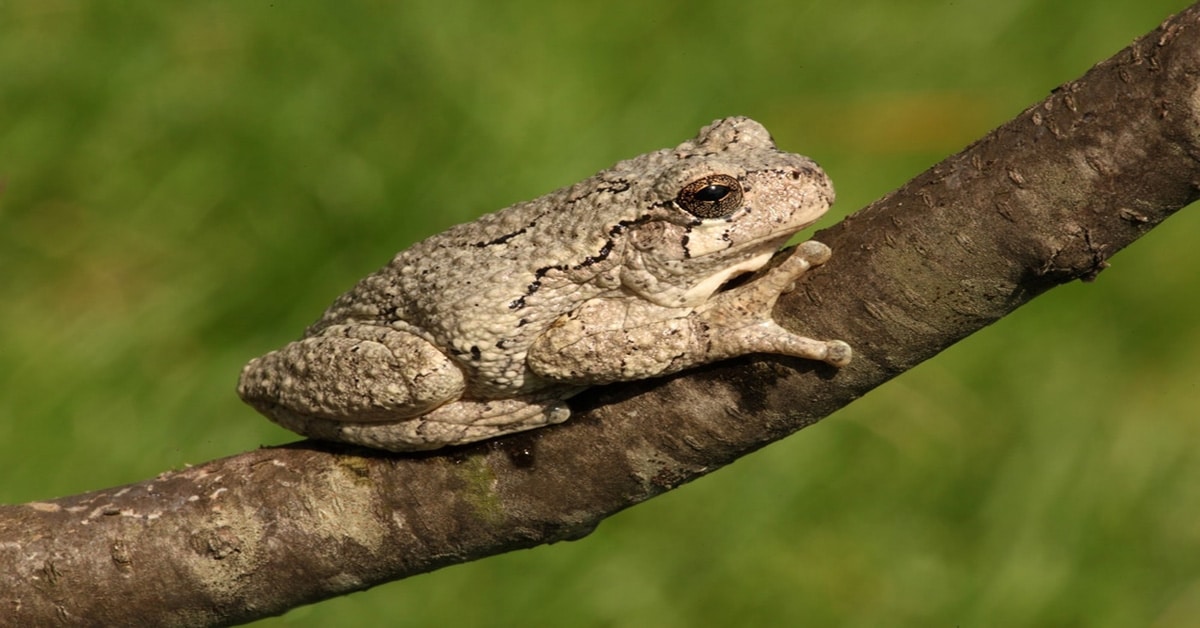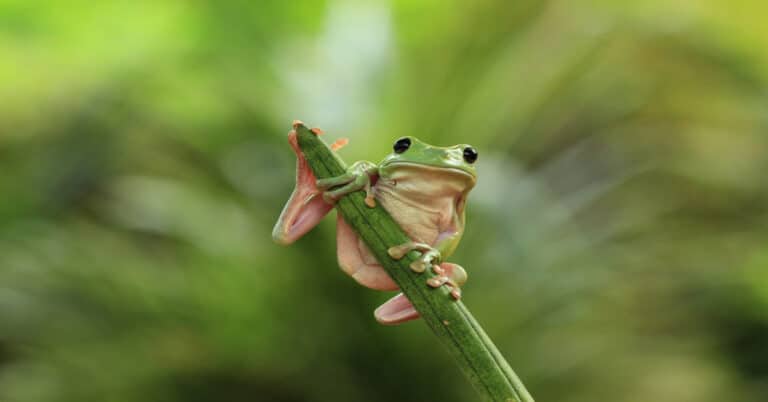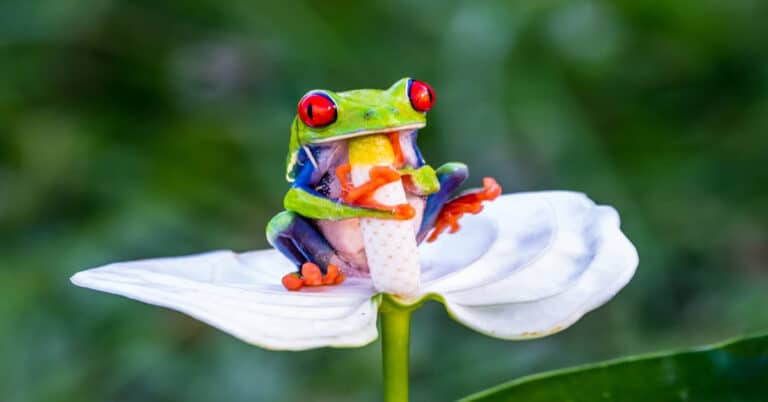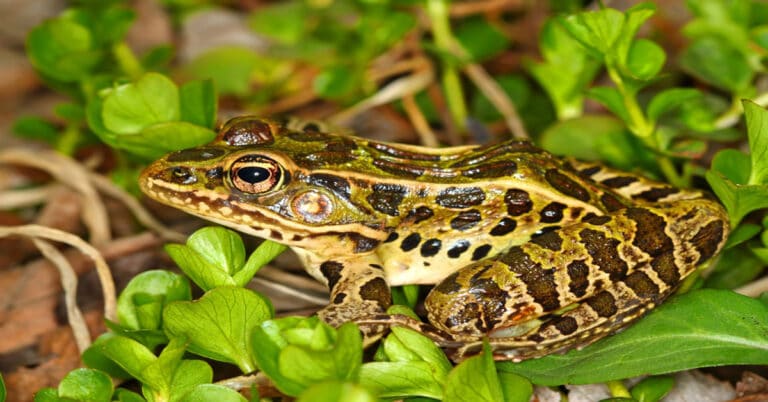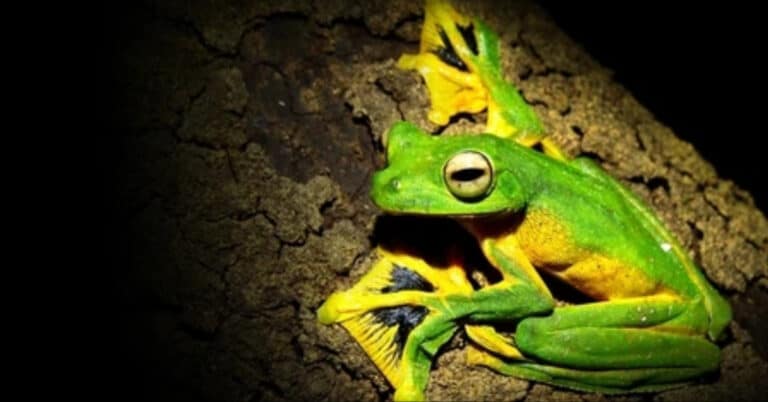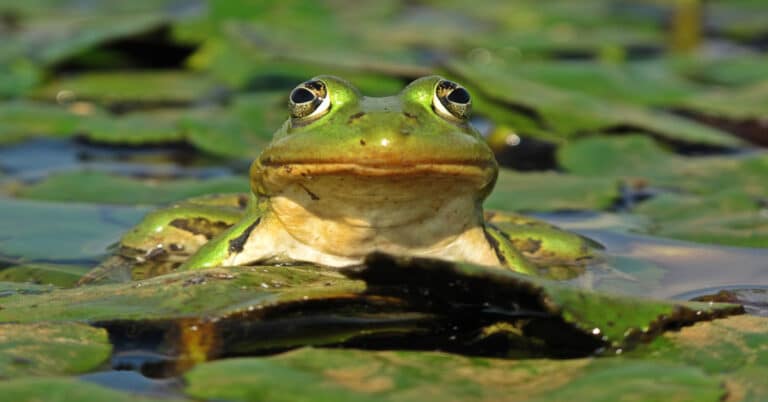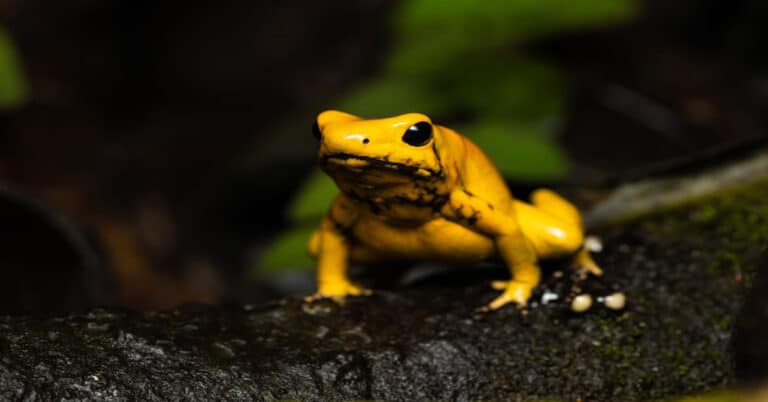Gray Tree Frogs
A gray tree frog is one of the largest species of frogs in the Eastern U.S.A and South Eastern Canada. Unlike the name suggests this frog specie has numerous interesting colors. Gray tree frogs can change their color according to their surroundings and temperature. These frogs mostly spend their time on tree branches, with their sticky and adaptive feet helping them move around branches and navigate their surroundings.
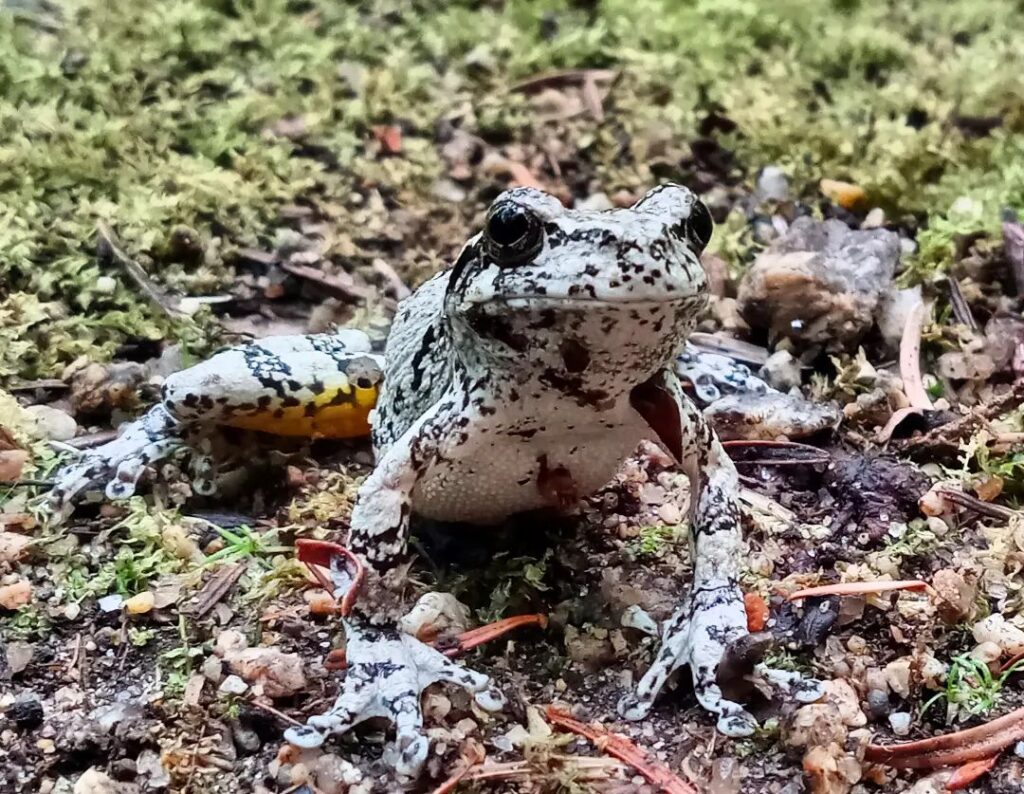
Gray Tree Frogs Appearance
The colour of typical gray tree frogs may vary from brown to grey or even green. It’s not necessary for these frogs to always have a consistent gray colour. As mentioned before, it depends on the type of environment. For instance, to hide from its predator, a gray frog will change its colour into that of a tree branch. There are white spots under their eyes and dark stripes underneath them, stretching all the way to the front of their legs. Similar to the adults, even the tadpoles have inconsistent colours ranging from brown to olive.
Their belly also resembles the white and pale color, and may reveal a black throat when the male frog is calling to mate. These gray frogs range from 1.25 inches to 2.25 inches in size, making one of the larger species. Compared to most other frogs that live on trees, gray tree frogs are also heavier, larger,, and bulkier.
Behavior of a Gray Tree Frog
Gray frog is not a social species and often likes to spend time alone. Only during the breeding season do they spend time together. Throughout the day, gray tree frogs often hide from their predators under the bark, rotten logs, and leaves. These frogs often hunt late at night when there is little to no threat from predators.
Gray tree frogs have almost a bird-like calling, which can sometimes last for hours. These frogs use these callings to assert dominance and mark their breeding territory. Most of the time, they are calm. However, males can be aggressive in the breeding season when they feel the need to defend their territory.
In winters, these frogs start to hibernate, allowing them to freeze almost 80% of their body to survive the winter.
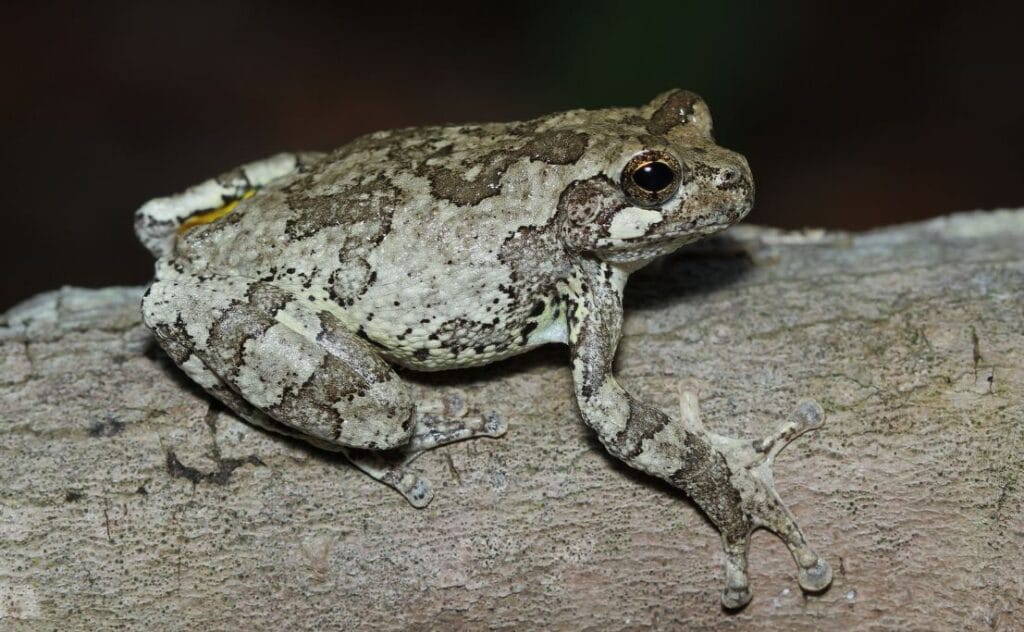
Gray Tree Frogs Habitat
The gray tree frogs are very common in the the United States and Canada. They are mostly popular in wooded areas such as dense forests and agricultural lands. Similar to other frogs, they won’t be far away from a water source like a pond.
When gray tree frogs are young, they like to spend more time on the forest floor, but as they develop into adults, they move onto a forest canopy. In summers, when their population develops quickly, it is not uncommon for people to see them on their windows and backyards searching for food.
Gray Tree Frogs Eating Habits
The adult gray frogs prey on any insects and their larvae. Since these frogs mostly spend their time on trees, they can easily find moths, crickets, flies, spiders,, and beetles. But on certain occasions, they may prey on the smaller specie of frogs. These frogs are nocturnal, so they hunt at night. As tadpoles, these frogs only eat algae that are found in the ponds and swamps.
Reproduction and Life Cycle
The reproduction process begins when the male frog calls out for mating during the early spring after waking up from hibernation. While most of the reproduction takes place early on in April, it may stretch all the way to August. Male gray frogs are very protective of their territory and may fight off any other male trying to get in.
Usually, the fight may last 20-30 seconds which include shoving, head-butting, and pushing until one male retreats. Unlike other deadly spiders, they don’t have commendable attacking features and characteristics.
Similar to other frogs, gray tree frogs mate in the Amplexus position. A typical female can deposit around 1000-2000 eggs at a time, which the male frog proceeds to fertilize. The female proceeds to lay these eggs in water with a protective mucous layer over them. The tadpoles hatch within a week, depending on water temperature. The process of tadpoles developing into frogs may take a few months. And within 2 years, they become sexually matured adult frogs. Overall, their lifespan can exceed 7-9 years, both for males and females frogs.
Predators and Threats
Although these frogs are very common in the regions of U.S.A and Canada, their population seems to be shrinking. Experts believe that the main cause of this issue is due to habitat loss, pollution, predators and different funguses. Many animals in the forest prey on these frogs. These include:
- Snakes
- Birds
- Small Mammals
- Other Specie of Frogs
Even though populations of these frogs are reducing, they are not at risk of extinction.
Gray Tree Frogs FAQ
Gray tree frogs survive in the forest due to their special jumping techniques and sticky feet. Mostly, they are recognized as a harmless specie of frogs and live their life in solitude. Overall, these frogs live an average lifespan which can significantly increase in captivity.
Below, we have mentioned some of the most common questions related to these frogs:
Can I keep Gray Tree Frog as a Pet?
Yes, this specie is getting more popular as pets throughout the U.S. Since they are known for their adaptability, they will fit into most environments nicely.
Is Gray Tree Frog Rare Specie?
A tree frog is a common species. Usually, you you can easily find them, especially if you happen to live near a pond or a swamp.
Are Gray Tree Frogs Dangerous?
These frogs may have some poisonous characteristics, which may raise a few risks for humans. They may release toxins that cause discomfort in the eyes and skin after handling. Therefore, it is mandatory to rinse your hands after handling them.
Gray Tree Frogs Pictures
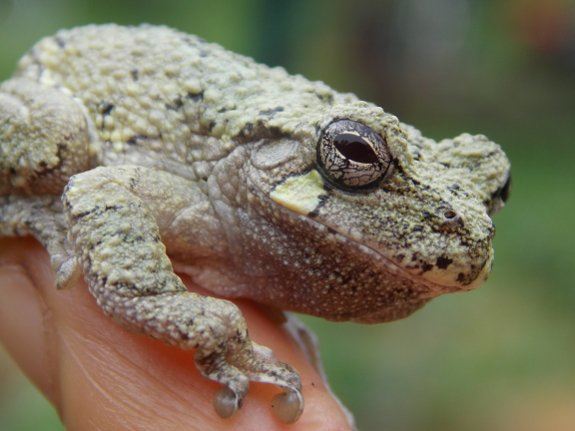
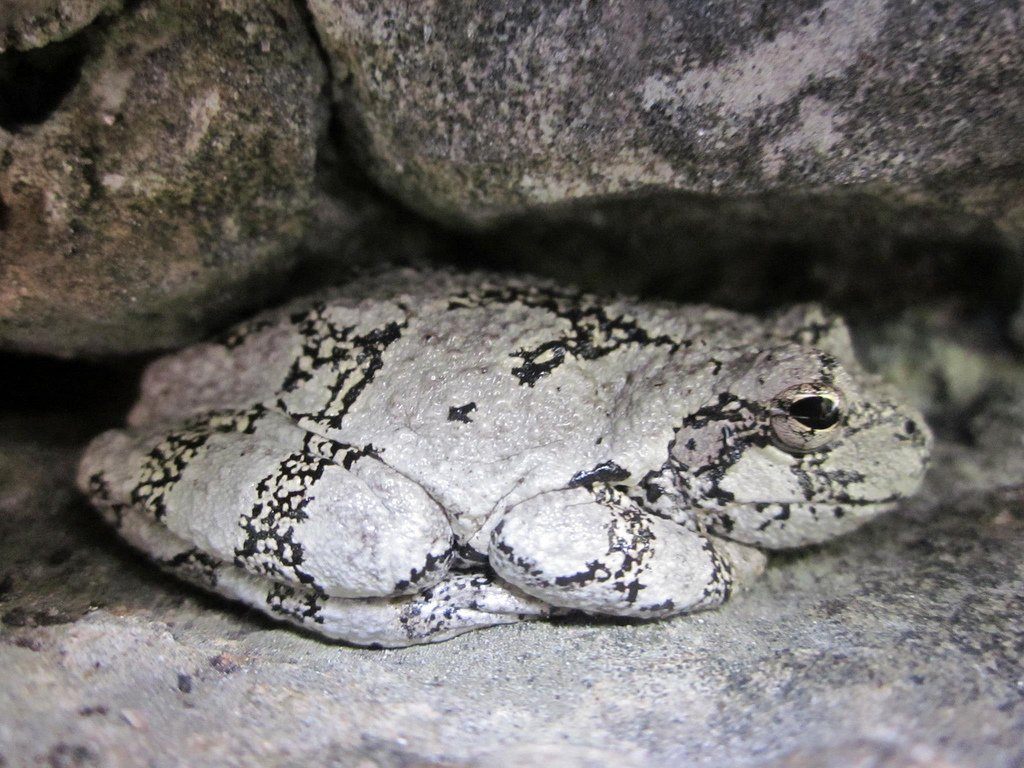
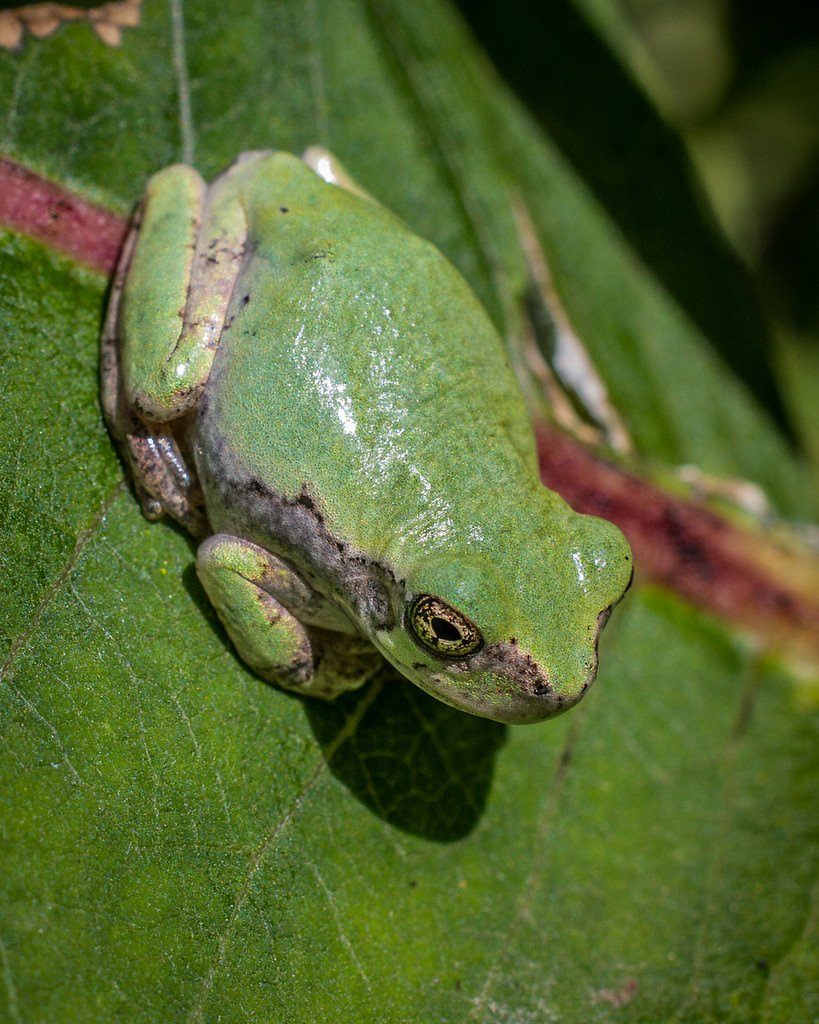
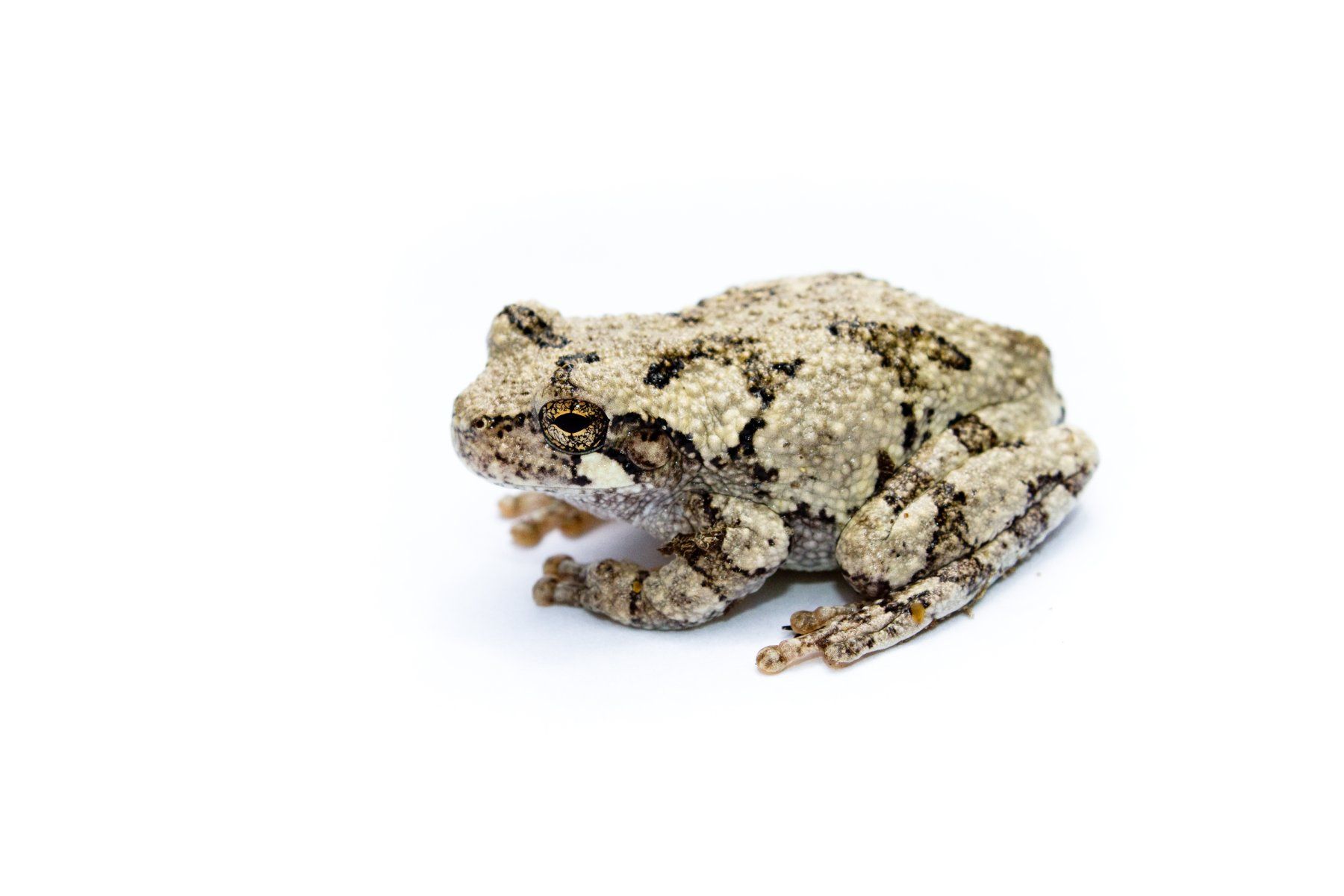
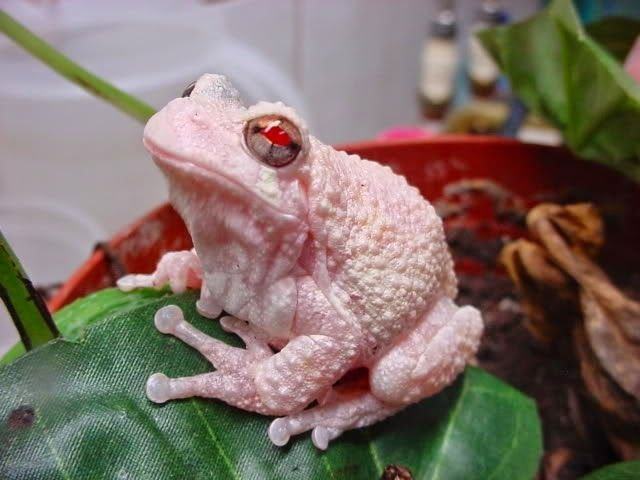
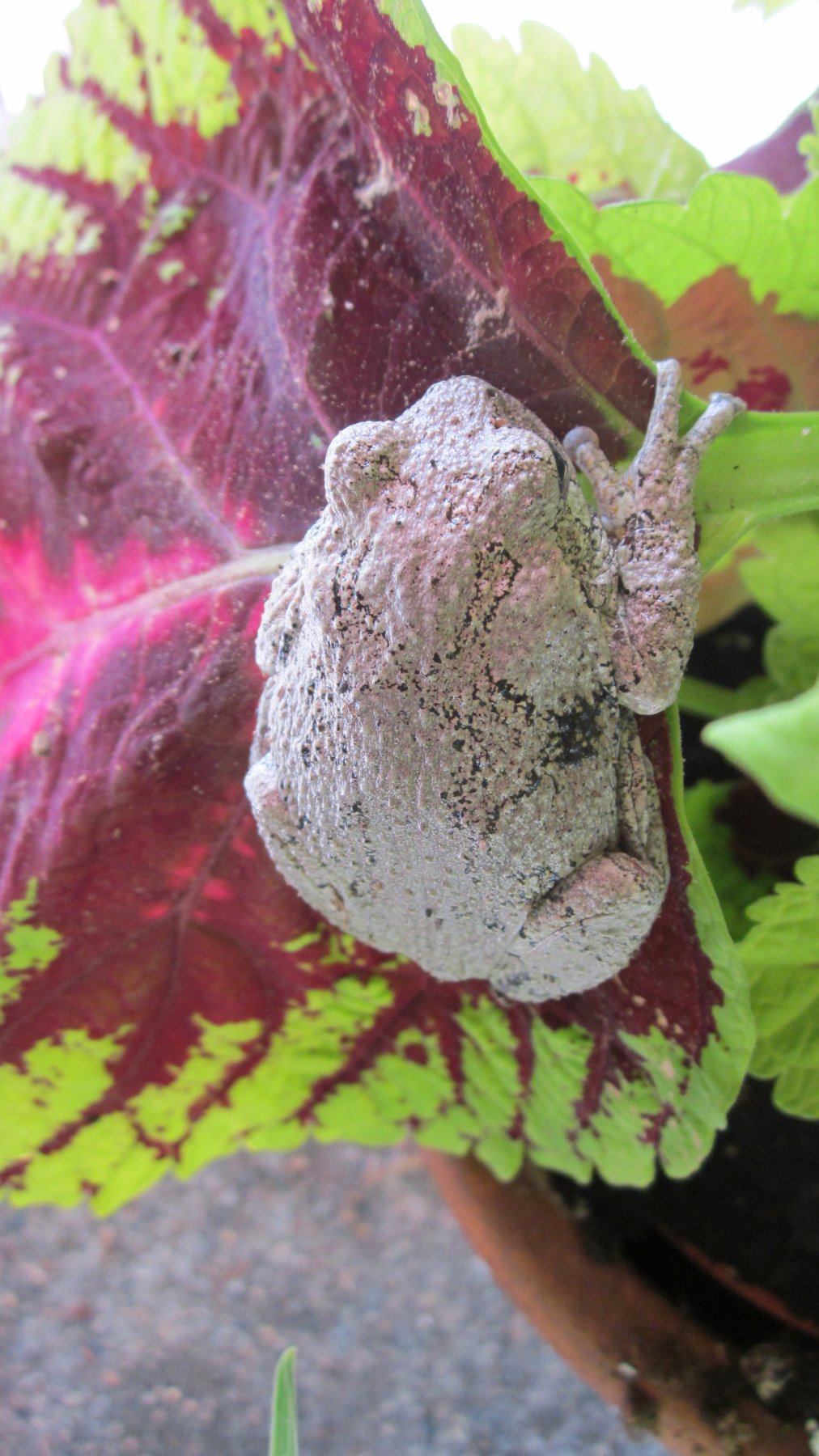
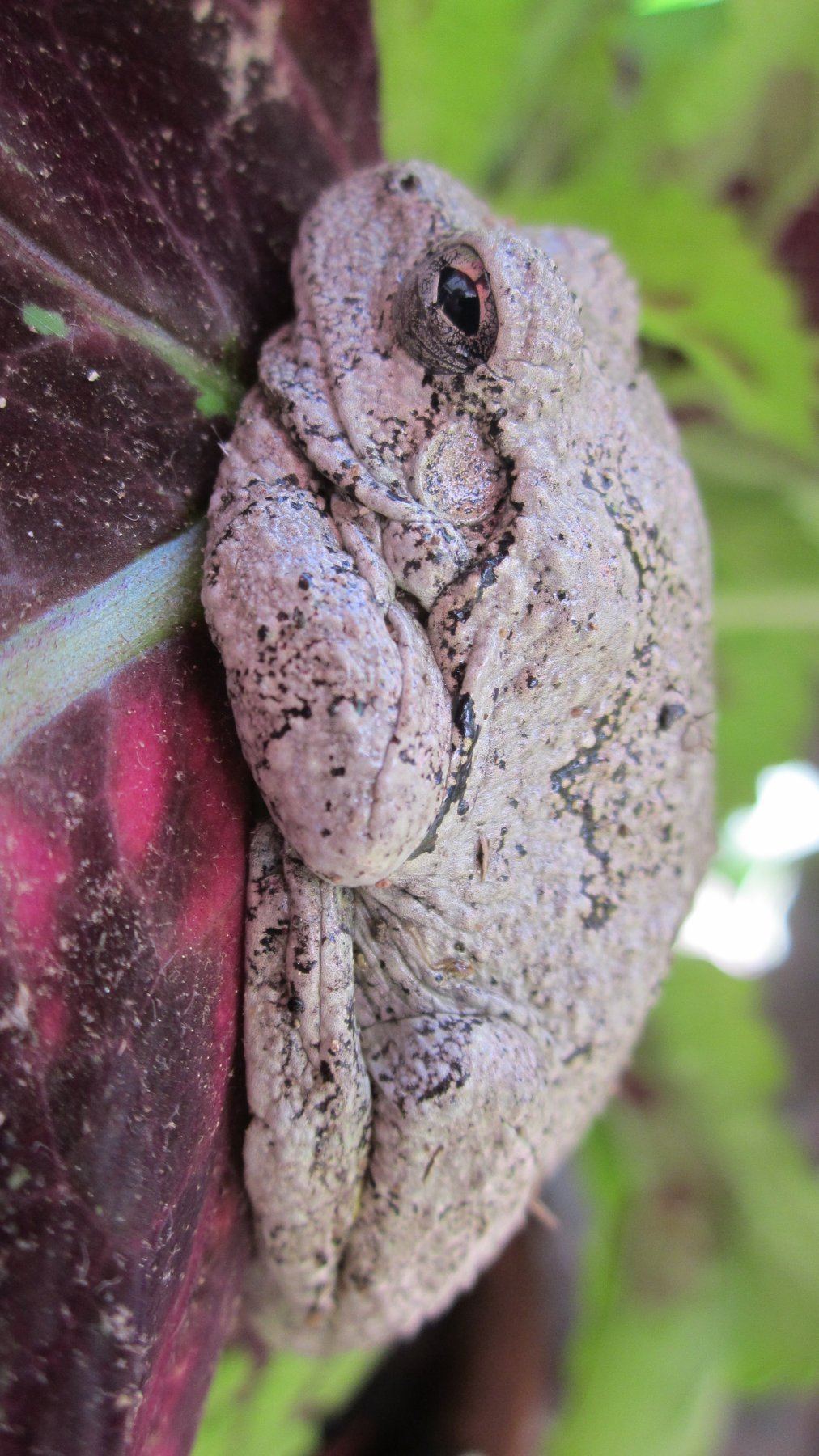
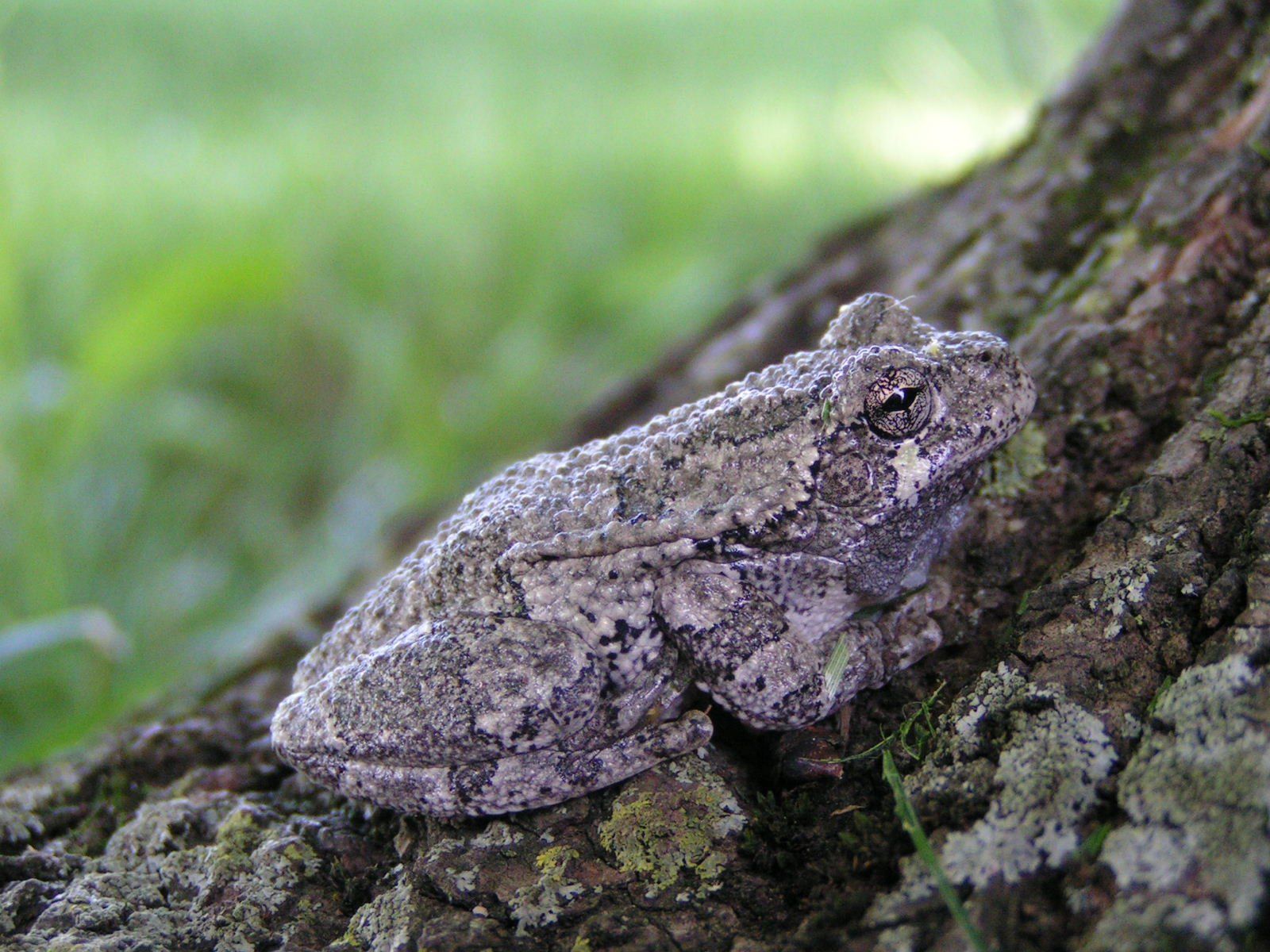

Having discovered a fondness for insects while pursuing her degree in Biology, Randi Jones was quite bugged to know that people usually dismissed these little creatures as “creepy-crawlies”.

